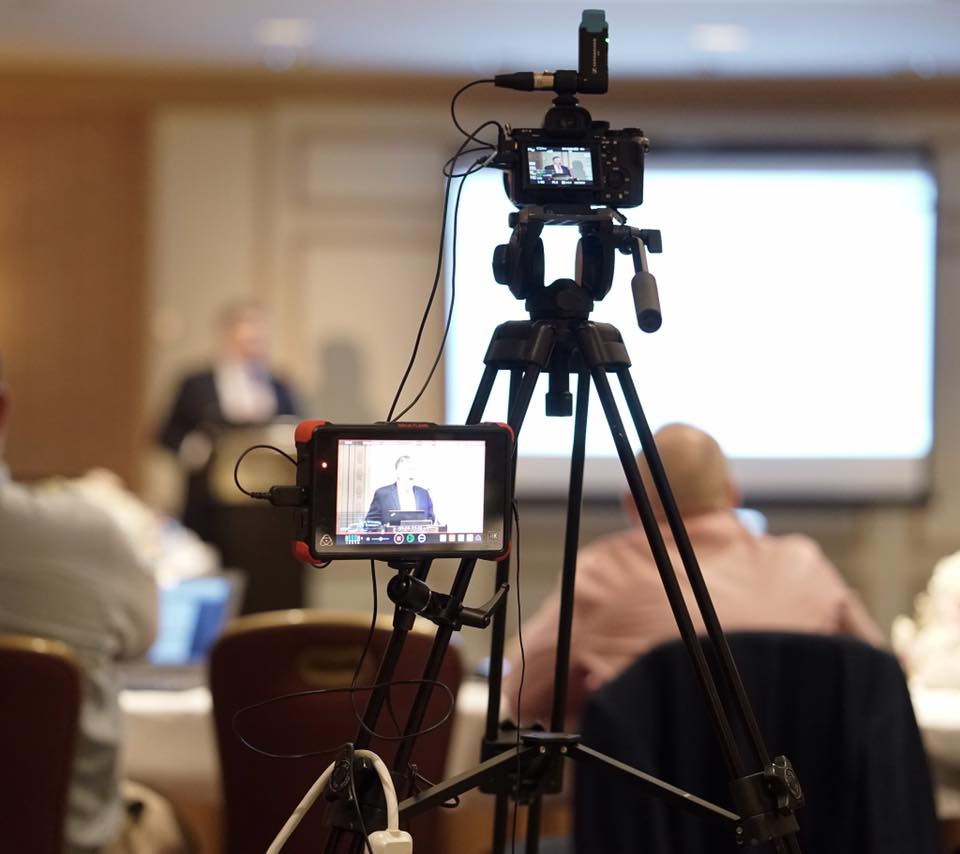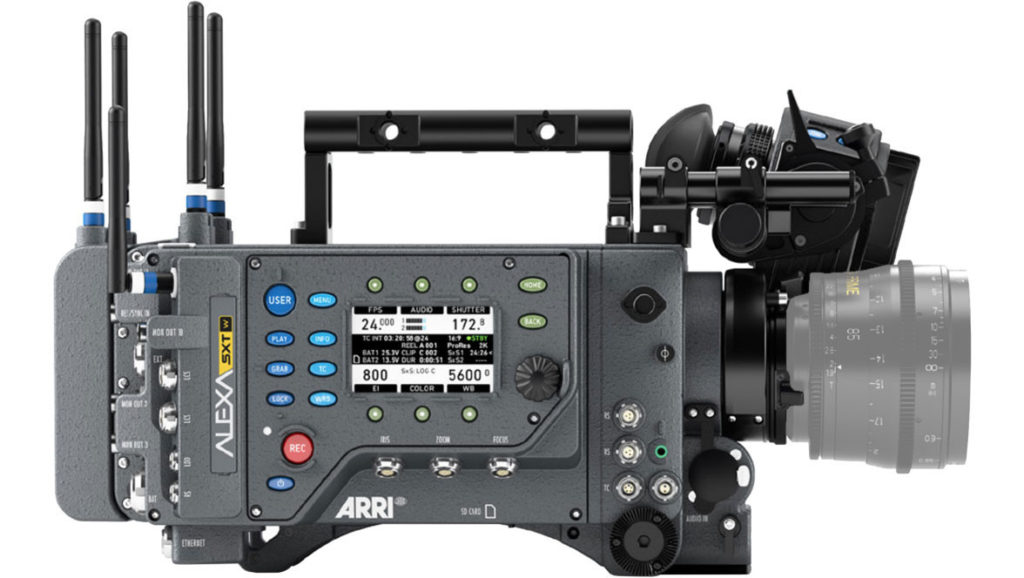As a videographer I learned that Conferences are one of the most effective venues for networking. Conferences can be very large with hundreds/thousands of participants or they can be small but intimate. Regardless of their size, industry colleagues drop their guard and are often are open to engage and network, and those of use running a business can always use more networking.
Highlight Video will be your Key Promotional Tool
Given the importance of a business conference, what is the most effective method of promoting a conference? I am going to be biased here, but I truly believe it is through a video. Yes, posting pictures on social media can get some engagement, however most people will not look past 4-5 pictures, unless they are looking for something or someone specific. A well produced video is far more effective.
One key element of a conference highlight video are sound bites. Sound bites are different than a full video interview. As a videographer, when I film an interview I will spend 30 minutes staging my shot, setting up the lighting, and testing perfect sound conditions for the subject. When I film interviews, I often film them with multiple cameras. When you film sound bites at a conference you simply do not have such luxury. At a conference you are looking for a volume of responses, so you grab someone and ask them 1-2 questions using a single camera. The advantage, however, is that you will likely capture the excitement of the moment. If the speaker is excited to be at the conference, it will be captured on the video. Additionally, in short interviews subjects rarely get nervous, whereas a full interview with multiple cameras and lights often intimidate folks.

Capture the Energy with a Video
A well filmed video will also capture the energy of the conference. After filming a number of conference videos I have learned that it is crucial to show that people are interacting. Therefore, I look for scenes when people are talking, laughing, exchanging business cards, shaking hands, pointing to charts/posters, and exchanging documents. Although many conferences span over many hours, a skilled videographer will capture these moments and edit the highlight video in such a way to show how much interaction goes on among conference participants, sponsors and at times even the speakers.
Show off Your Location
Last but not least, if a conference takes place at an attractive location, few shots should be dedicated to showing this off. For example, if a conference is located in New York, few shots outside the conference will be helpful. If the conference is near a beach this is a good time to bring that drone and maybe fly over the beach. You can read more about when to use drones in my previous article by clicking here.
Above is my favorite conference highlight video I did a few years ago. This particular video took some planning and we had two speakers with prepared speeches. Notice, to keep the momentum going we decided to film a walking interview. This helps the video move and tells a visual story of what the conference is like.
For more of our work click here




